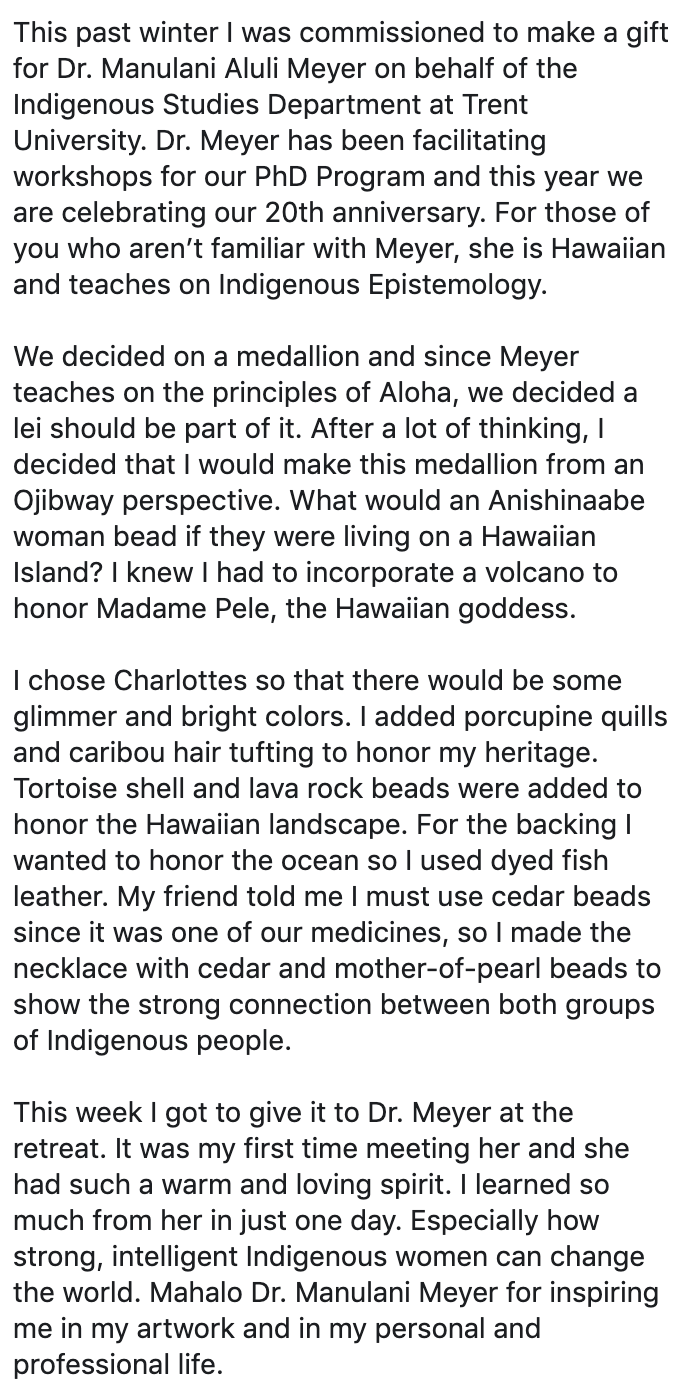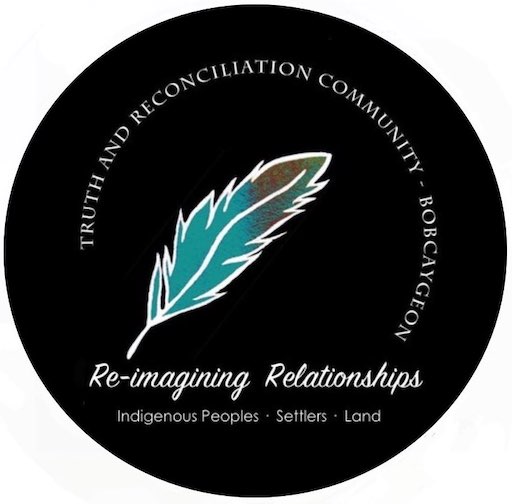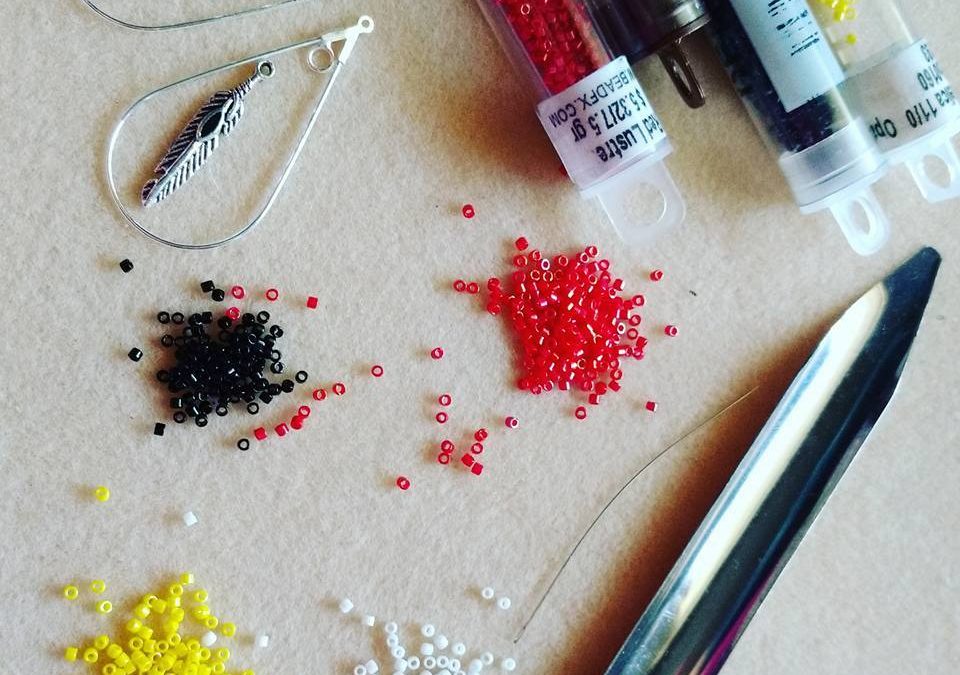Malinda Gray, PhD Candidate and dedicated beader shares her Masters thesis on the importance of Beadwork. The following selected excerpts give just a taste of the role beads play. Images are posted with permission from Beautiful Star Beads, featuring Malinda’s work on Facebook.

Beads: Symbols of Indigenous Cultural Resilience and Value
Pre-European Contact Beadwork has always been an important part of Indigenous artistic expression previous to colonial expansion. Millennia passed where Indigenous people were making beads out of resources that were Indigenous to the land. Beads were made from shell, bone, pottery, copper, claws, nuts, seeds, hoofs, horns, fish vertebrae, pearl, teeth, stone, and fossil crinoid stems (Belcourt, 2010, 8; Dubin, 2009, 263). Beads were used to embellish clothing and everyday objects. Indigenous artists created many styles including patterns that resembled animals, geometric shapes and abstract floral patterns (Belcourt 2010, 8-9). With a variety of bead types and both spiritual and natural inspiration, beadwork varied across the continent. Beads may have been an indicator of wealth or prestige…
Beadwork and the value systems they centered on were transformed by the introduction of glass beads when Europeans arrived on the North American continent. Beads were quickly realized to be a form of important currency and highly sought after by the Indigenous people…
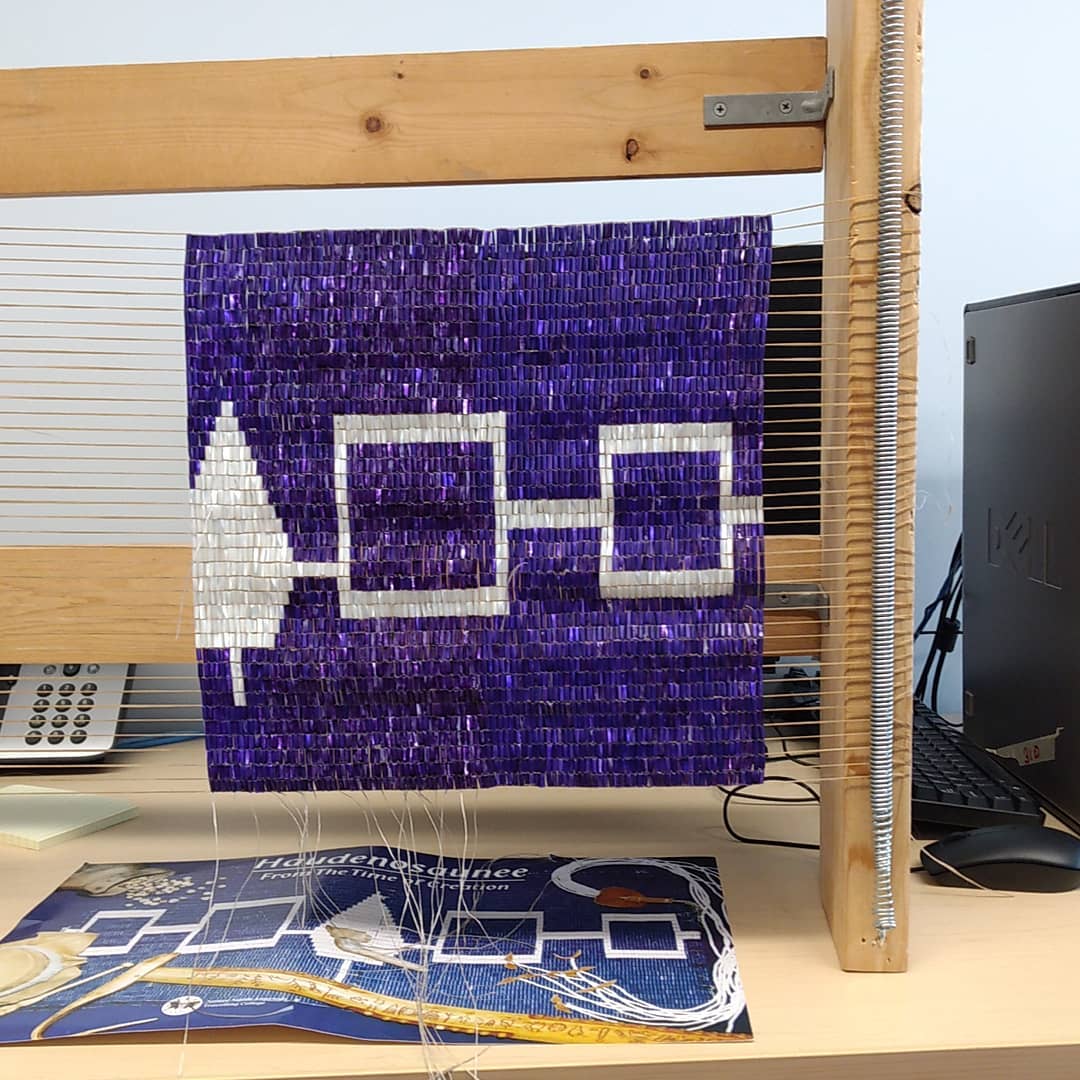
Indigenous beadwork was not just for Indigenous consumption or giveaways. Instead, it soon made its way into Europe and captivated the market. Along with the coveted glass beads, traders also brought European artistic influences from the Netherlands, Germany, England, Sweden, and France (Dubin 2009, 286). Trading posts became an influence on the floral motifs on Indigenous beadwork since Indigenous women gained access to European floral embroidery in various fabrics and wallpaper patterns (Belcourt 2010, 37).
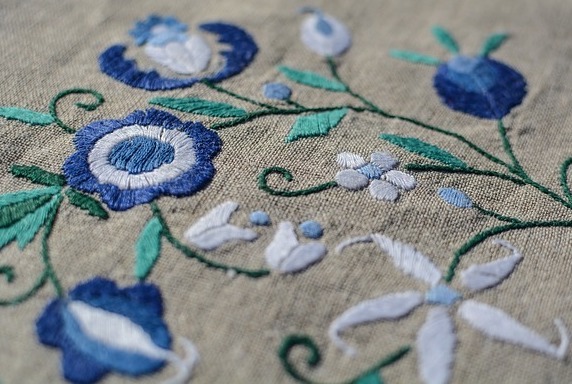
Wearing Indigenous beadwork was a consistent symbol to settler colonists that there was a resiliency despite the enduring hardships. When the residential school system was implemented across the United States and Canada, beadwork was a visible signal that could be removed from the incoming students… there had to be no cultural ties to Indigenous culture in order to become a Canadian. The cultural genocide that ensued included all items Indigenous, beadwork was not spared.

Beadwork is currently being used to heal residential school survivors to help bring meaning back into their lives and hope into their communities.
…Indigenous culture and identity is resurging, facilitated through Friendship Centers and organized social events. …beads are symbolic to Indigenous resiliency proving Indigenous beadwork holds the same cultural value as it did in the past. There is still a worldwide market for the art form of authentic Indigenous beaded items. Beadwork is commonly sold and displayed prominently during the major Indigenous social event: The Powwow.
Powwows are where Indigenous dancers and attendees go to proudly wear and display their (sometimes heavily beaded) regalia.
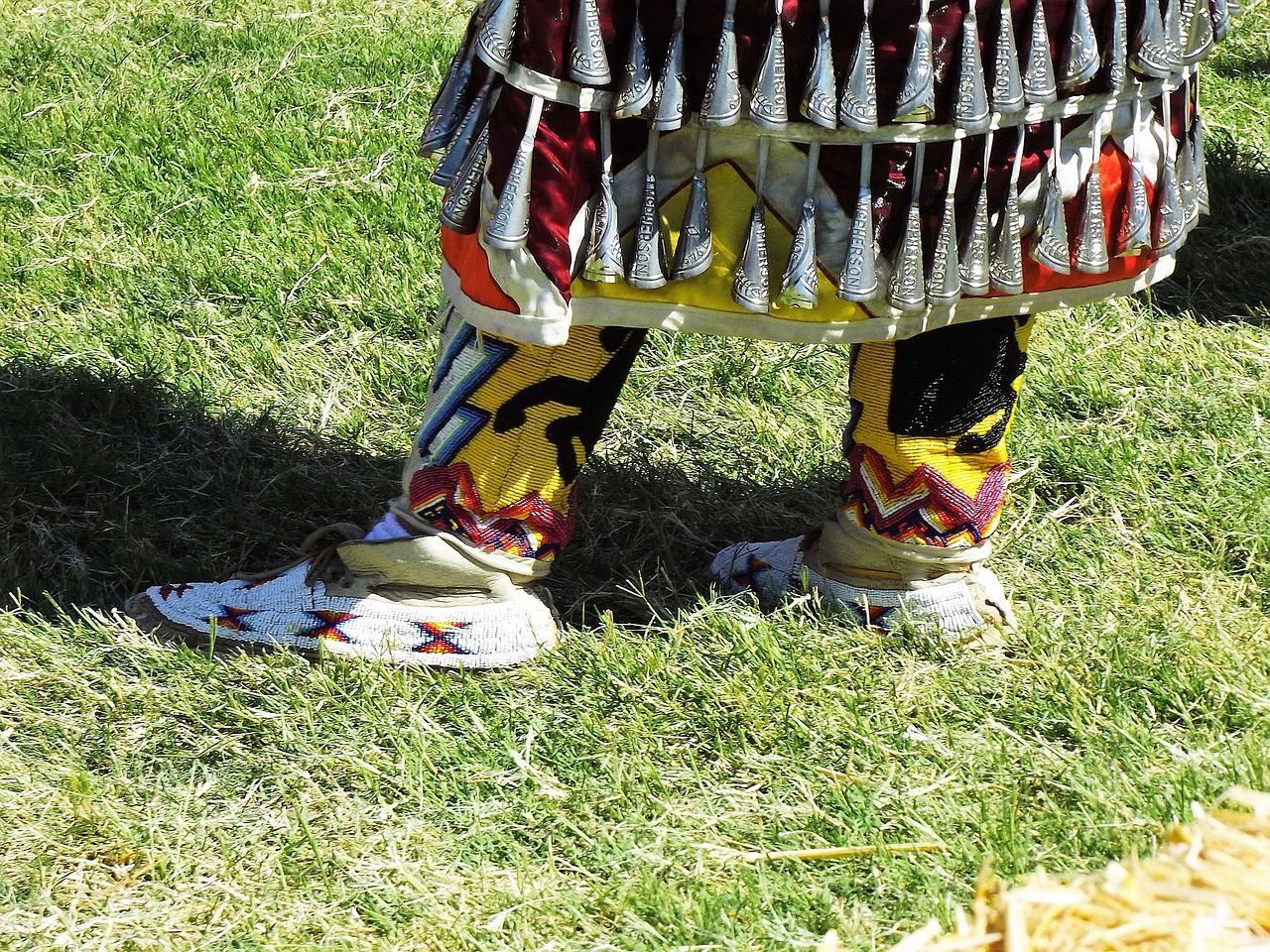
Beaded moccasins from Unknown Artist
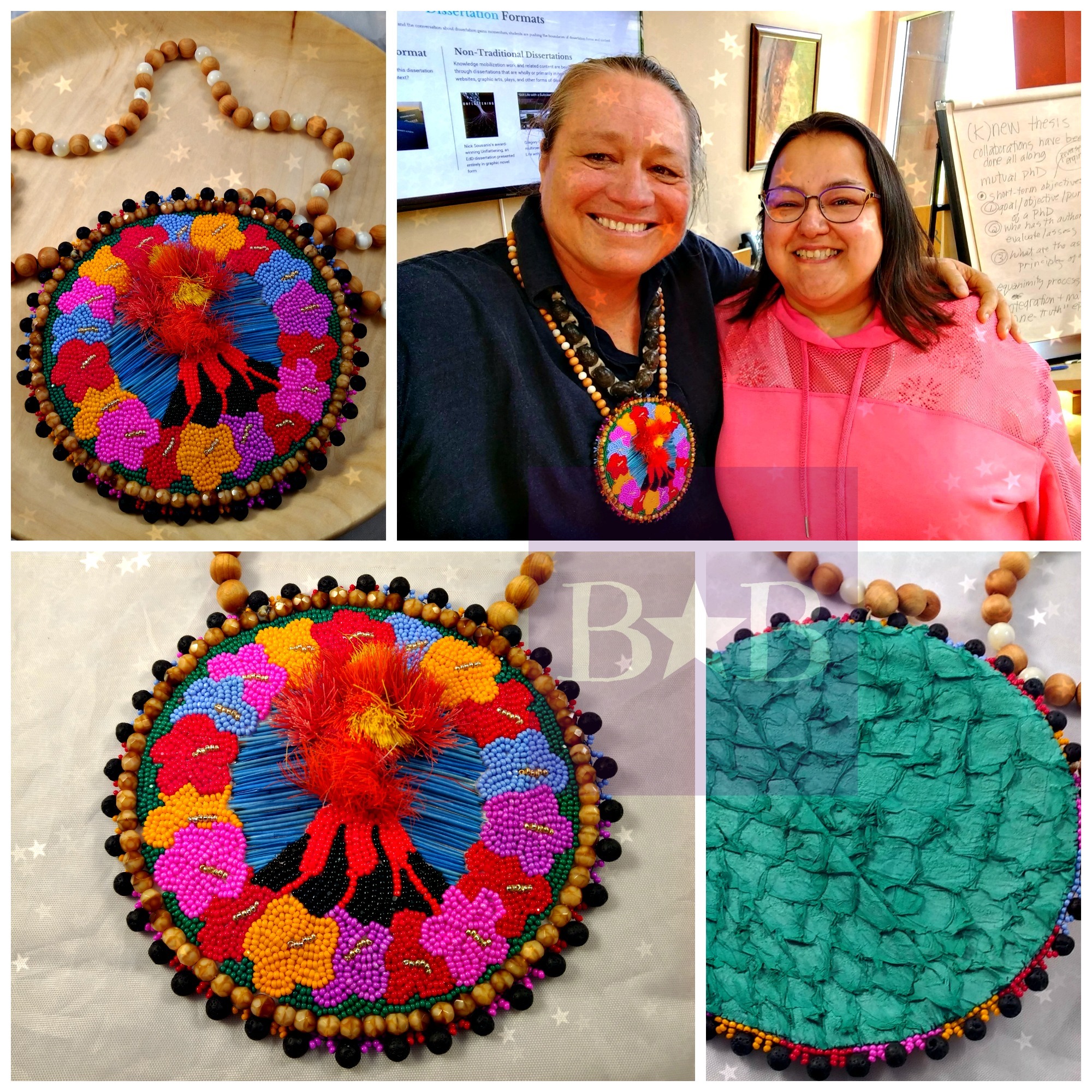
The Story of this Medallion
